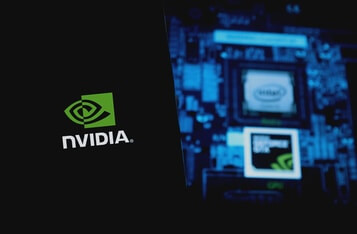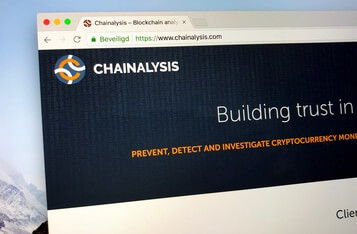Did Satoshi Nakamoto Move His Bitcoin Yesterday? No, But Craig Wright Shot Himself in the Foot

On Wednesday a Twitter bot reported that a Bitcoin transaction came from a wallet that possibly belonged to Satoshi Nakamoto, the anonymous creator of the network and author of the Bitcoin whitepaper.
👤👤👤 40 #BTC (391,055 USD) transferred from possible #Satoshi owned wallet (dormant since 2009) to unknown wallet
— Whale Alert (@whale_alert) May 20, 2020
ℹ️ The coins in this transaction were mined in the first month of Bitcoin's existence.
Tx: https://t.co/hxDJGGtfF0
The recorded movement came from an address containing coins that were mined barely a month after the launch of the Bitcoin mainnet in 2009, at this time it is suggested that only three people could have known about BTC, one of them being Satoshi.
Beyond the age of the wallet, there is really no indication that this movement was Nakamoto.
Not long after the Whale Alert bot tweeted, the Bitcoin network experienced a 7% sell-off. In a tweet of his own, Bitcoin software engineer Jameson Lopp dismissed the BTC transaction pointing to the script behind the account.
No. Y'all need to up your analysis game. https://t.co/j7YuZ7qsQ5
— Jameson Lopp (@lopp) May 20, 2020
The "Patoshi Pattern" is the name given to the analysis used to determine which blocks were most likely mined by Nakomoto. According to the hash rate analysis, it is still possible but unlikely that the transaction was performed by Nakomoto himself.
Here's a visualization of the Patoshi pattern with the block that was just spent. The blocks believed to be Satoshi have a specific pattern in the nonce, which this block does not have pic.twitter.com/E86eEs6MZf
— nic carter (@nic__carter) May 20, 2020
Craig Wright Shoots Himself in the Foot
The always controversial Craig Wright, the instigator of the BSV fork, has denied moving the 40 BTC from one of the original Satoshi wallets despite listing the wallet among the 16,000 wallets he allegedly owns and has provided in a court document.
The address, 17XiVVooLcdCUCMf9s4t4jTExacxwFS5uh was listed in a court document in the Kleiman vs Wright lawsuit.
Calvin Ayre, the BSV billionaire, tweeted that he had spoken with Craig Wright and he has denied moving the 40 BTC from the 11-year-old address.
Most like someone in Ira Kleiman's camp from their Satoshi blocks....meaning their side has not being exactly accurate in court. It was NOT Satoshi, I just spoke with him and Craig confirmed not him.
— Calvin Ayre (@CalvinAyre) May 20, 2020
Ayre’s revelation may prove tricky for Wright. Although Wright did provide the list of addresses he has insisted that he does not have access to the private keys. If he had moved the coins there would have been strong legal ramifications but consequently, by denying he moved BTC from a wallet he claims to own he has all but proven he is not Nakamoto and has provided false information to the courts.
Perhaps in the unlikely chance that Nakamoto did move the coins himself, it was his goal to expose this alleged con artist once and for all.
Image via Shutterstock







